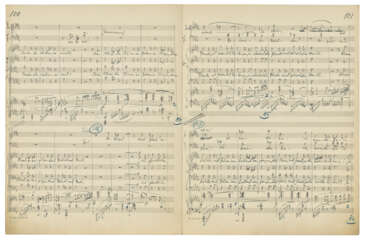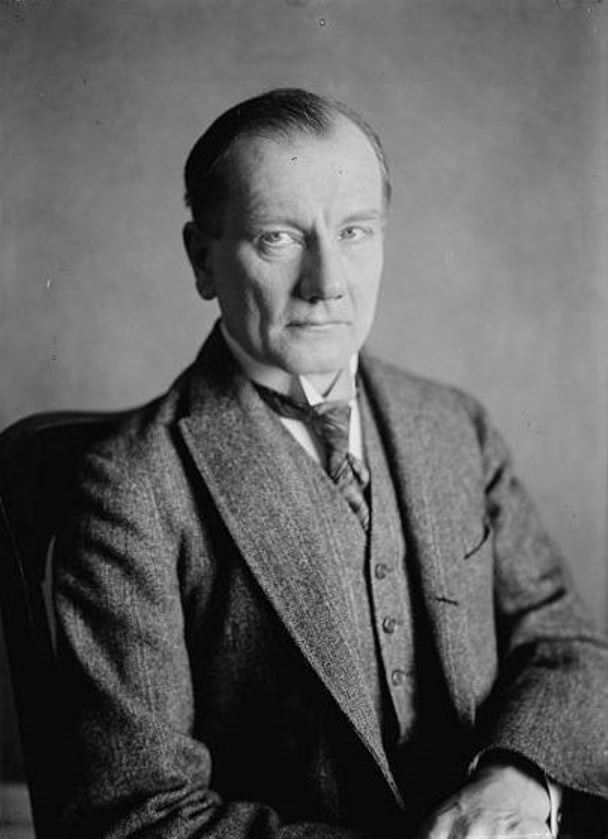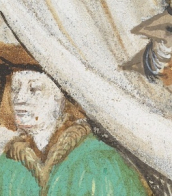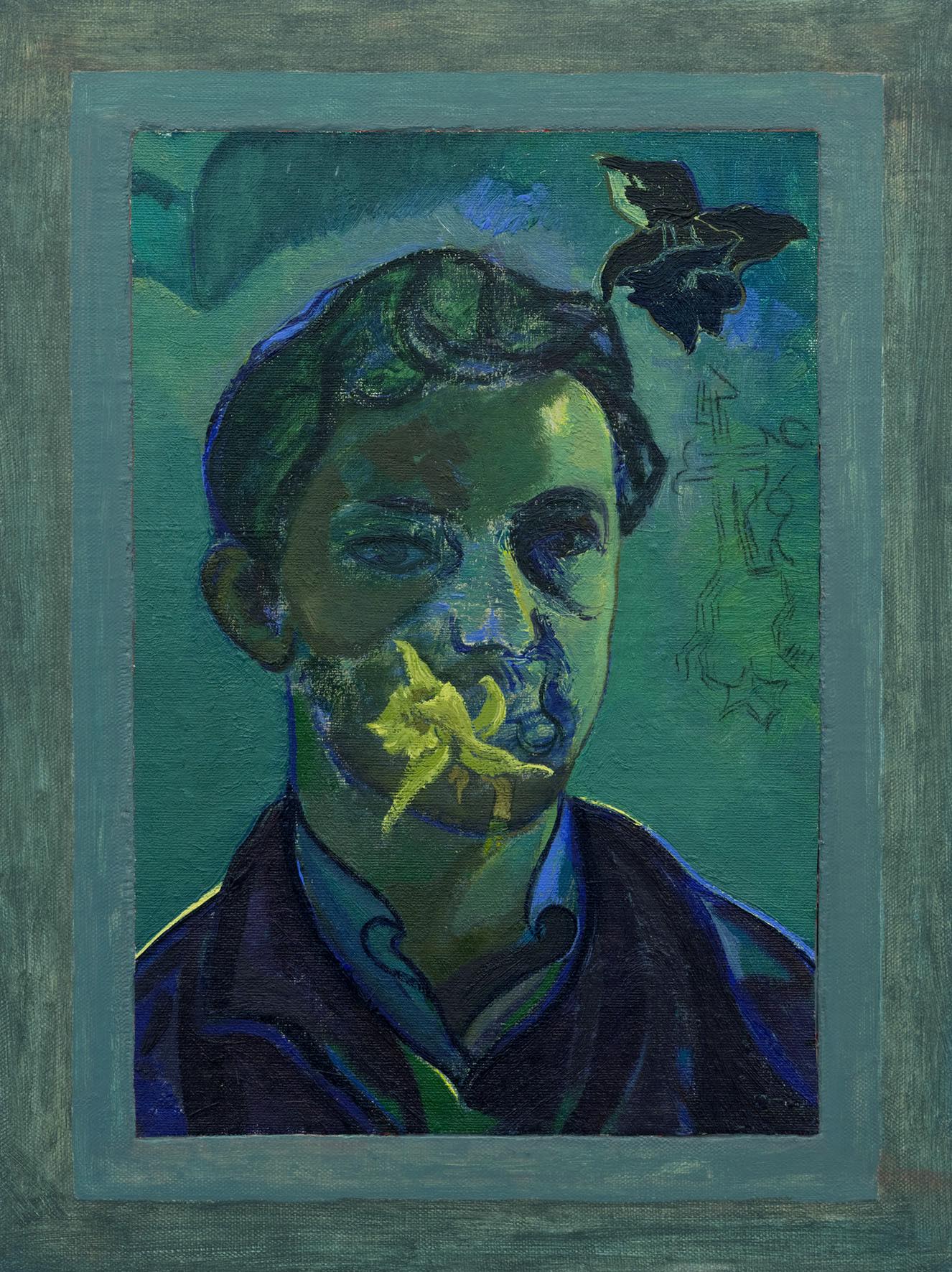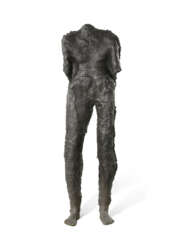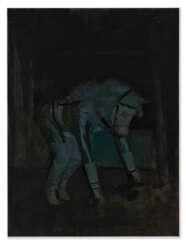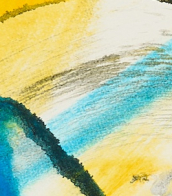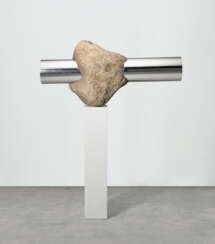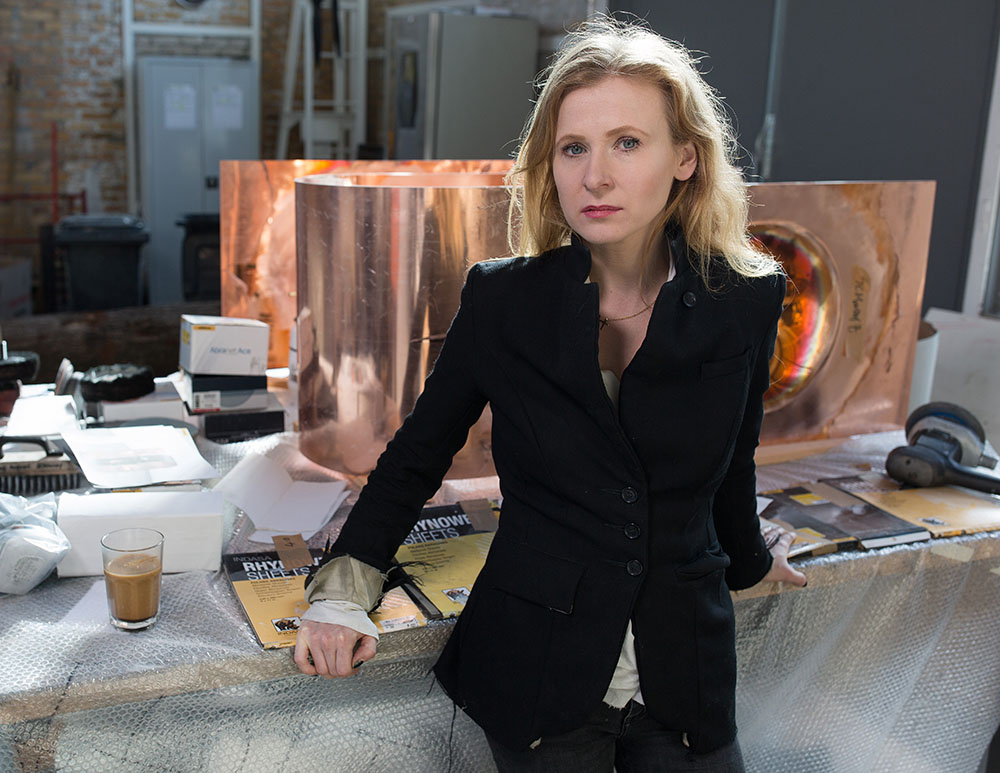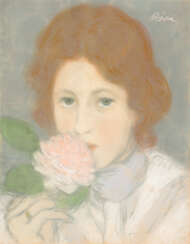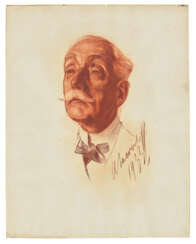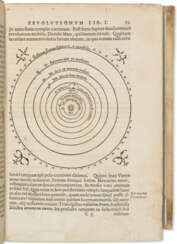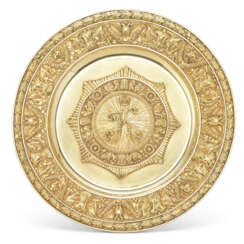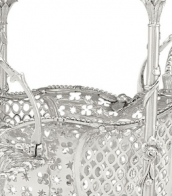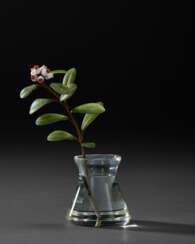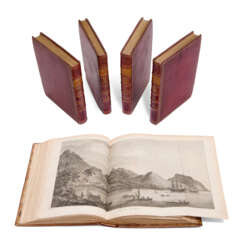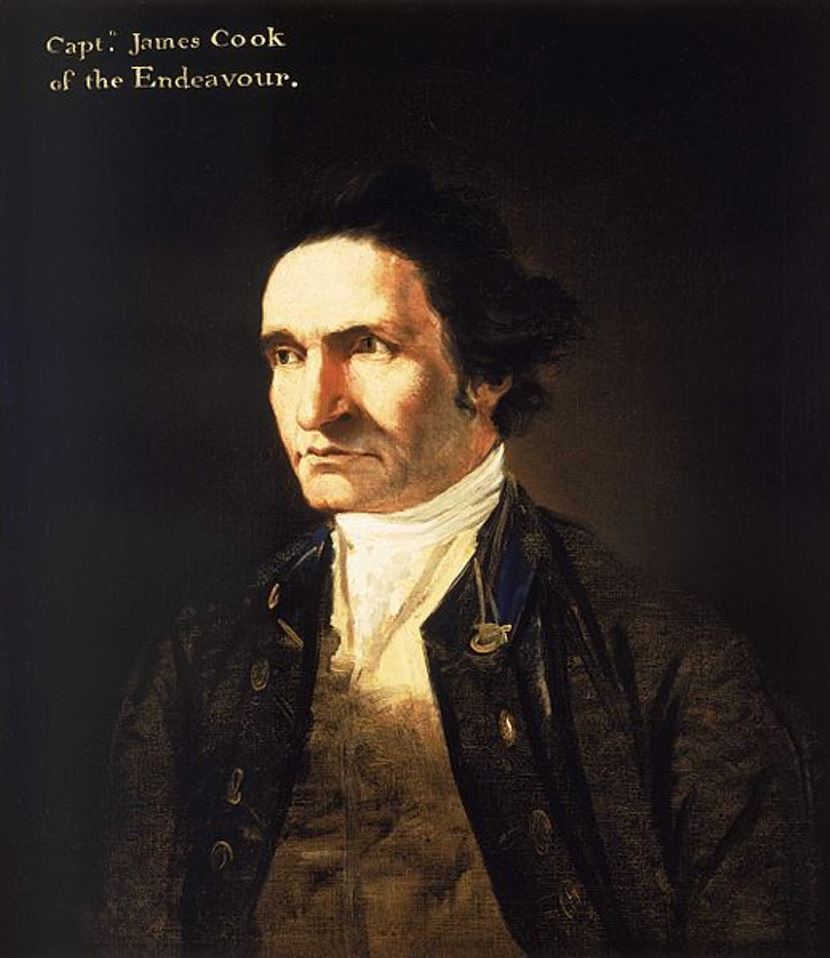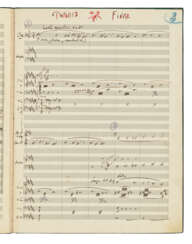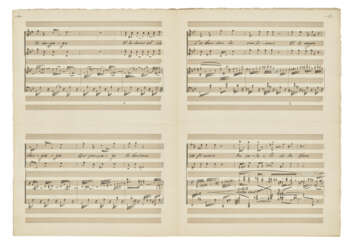Eastern Europe — Auction price
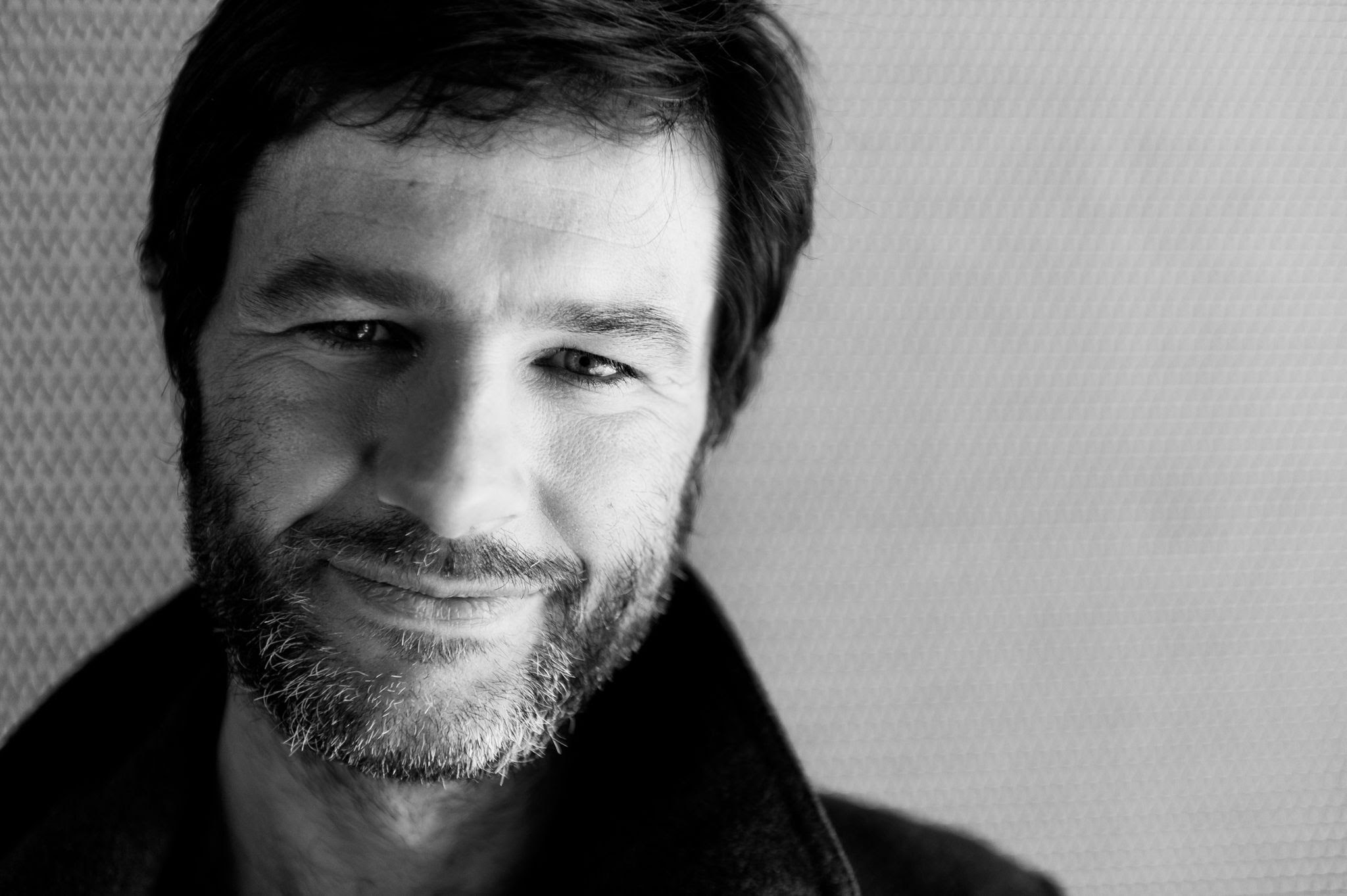
Wilhelm Sasnal is a Polish painter, photographer, poster artist, illustrator and filmmaker.
Sasnal graduated from the Academy of Fine Arts in Krakow, specializing in painting. Besides painting, he creates drawings in pencil and ink. The artist takes his subjects from everyday life, using images from media, propaganda and pop culture. Sasnal often paints from photographs and moves freely from figurative painting to abstraction.
Wilhelm Sasnal is considered one of the most prominent and internationally successful Polish contemporary artists.
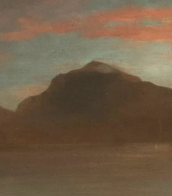
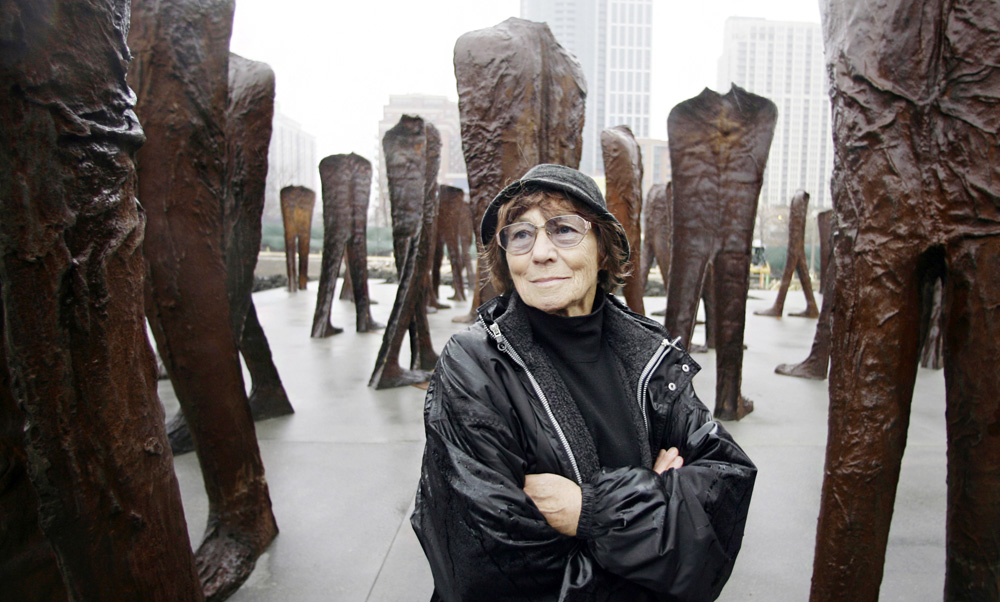
Magdalena Abakanowicz was a distinguished Polish artist, celebrated for her innovative use of textiles as a sculptural medium. Born on June 20, 1930, in Falenty, Poland, and passing away on April 20, 2017, in Warsaw, she carved out a significant place in the art world with her unique artistic expressions that often explored themes of crowd behavior, the trauma of war, and the individuality of the human condition.
Abakanowicz's education at the Academy of Fine Arts in Warsaw was a period of both artistic and personal growth, shaping her future works. During the 1960s, she began creating the "Abakans," large-scale textile sculptures that challenged conventional forms and expressed dynamic movement and vivid emotion. Her works often featured organic, tactile materials like burlap, resin, and wood, which added a profound depth and rawness to her sculptures.
Her sculptures are well-represented in major public installations and collections worldwide, including the National Museum in Wrocław, Poland, Grant Park in Chicago, and the National Gallery of Art Sculpture Garden in Washington, D.C. These pieces are not just art forms but are experiences, inviting viewers to explore deeper psychological and existential themes.
For those captivated by the profound impact and the stirring beauty of Magdalena Abakanowicz's work, subscribing for updates can provide regular insights and information on exhibitions and sales of her works at auctions. This is an excellent way to stay connected with the legacy of an artist who continuously redefined the boundaries of sculpture and installation art.


Jozsef Ripple-Ronai is a Hungarian impressionist painter.
He studied painting at the Munich Academy and there he became acquainted with contemporary art movements. Ripple-Ronai moved almost immediately to Post-Impressionism in his art. Returning home to Hungary, he was the first to introduce new currents and styles to Hungarian painting.
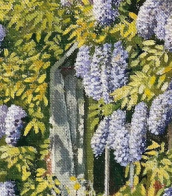
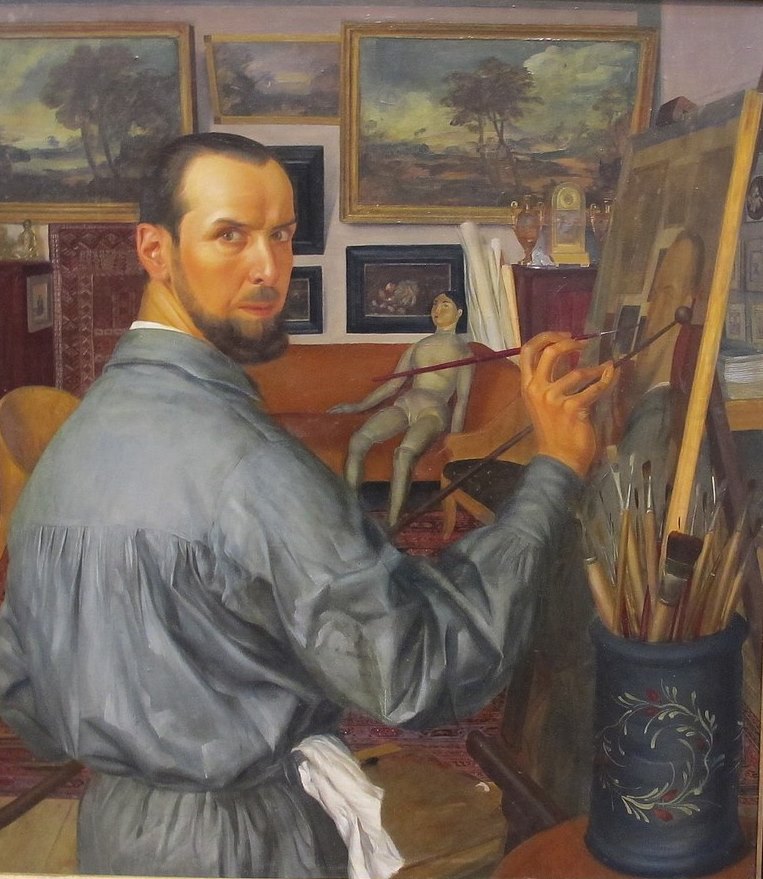
Aleksandr Evgenevich Iakovlev (Russian: Александр Евгеньевич Яковлев), a Russian painter, graphic artist, and designer, left an indelible mark on the world of art with his unique blend of classical and orientalist styles. Born in Saint Petersburg, Russia, in 1887, Iakovlev was part of the vibrant Russian artistic community that contributed significantly to the neo-classical and orientalist movements. His extensive travels across Mongolia, China, Japan, Africa, Syria, Iran, and Afghanistan enriched his art, leading to a prolific output of portraits, landscapes, still lifes, and figure compositions that combined elements of Italian Renaissance with Russian Primitivism.
Iakovlev's early involvement with the Mir Iskusstva exhibition in 1915 showcased his talent but also highlighted the mixed reactions from critics and the Academy of Arts, signaling his departure from traditional academic confines. His scholarship to study in the Far East and subsequent travels profoundly influenced his work, as seen in his orientalist paintings and ethnographic drawings. This period of exploration culminated in his significant contributions as an official artist on the Citroën expeditions across Central Africa and Asia, where he captured the essence of the diverse cultures he encountered.
His works, such as "Three Women in a Box at the Theatre" and his participation in designing the Prival Komediantov artistic cabaret, exemplify his mastery of merging traditional subjects with a modernist touch. Serving as the Director of the Painting Department at the School of the Museum of Fine Arts, Boston, between 1934 and 1937, Iakovlev influenced the art scene beyond the Russian borders before his death in Paris in 1938.
Iakovlev's legacy is preserved in museums and galleries worldwide, celebrating his contributions to bridging cultures through art. His ability to document his travels and experiences in such a vivid and artistic manner has left a lasting impact on the appreciation of cultural diversity in the art world.
For collectors and experts in art and antiques, Aleksandr Evgenevich Iakovlev's works represent a convergence of classical artistry and exploratory zeal, making them highly sought after. His pieces not only capture the beauty of the subjects he portrayed but also serve as a window into the cultures and landscapes that inspired him.
For updates on exhibitions and auction events featuring Aleksandr Evgenevich Iakovlev's works, sign up to stay informed about new discoveries and opportunities to add to your collection.
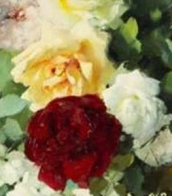
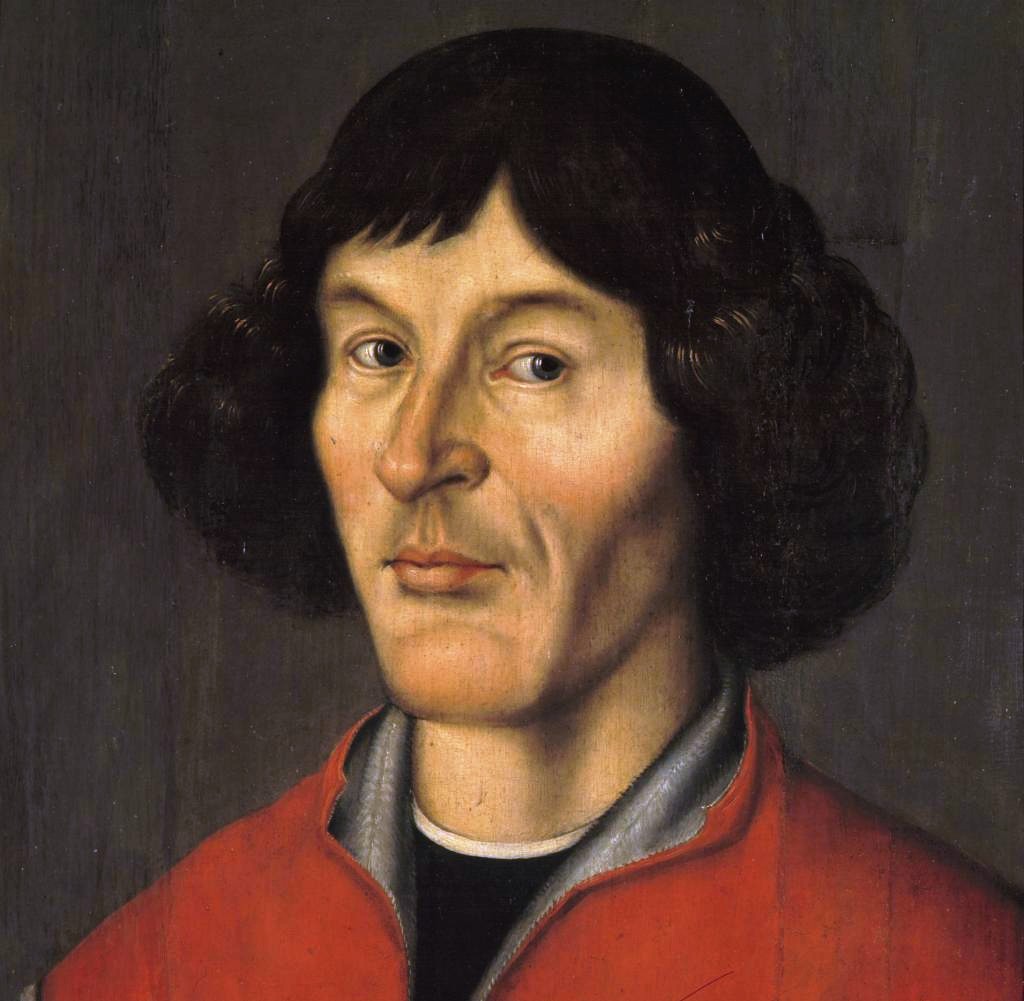
Nicolaus Copernicus (Polish: Mikołaj Kopernik) was a Polish and German scientist, astronomer, mathematician, mechanic, economist, and Renaissance canonist. He was the author of the heliocentric system of the world, which initiated the first scientific revolution.
Copernicus studied the humanities, including astronomy and astrology, at the University of Krakow and at the University of Bologna in Italy. Together with other astronomers, including Domenico Maria de Novara (1454-1504), he was engaged in observing the stars and planets, recording their movements and eclipses. At the time, medicine was closely related to astrology, as the stars were believed to influence the human body, and Copernicus also studied medicine at the University of Padua between 1501 and 1503.
Nicolaus Copernicus, based on his knowledge and observations, was the first to suggest that the Earth is a planet that not only revolves around the sun every year, but also rotates once a day on its axis. This was in the early 16th century when people believed the Earth to be the center of the universe. The scientist also suggested that the Earth's rotation explained the rising and setting of the Sun, the movement of the stars, and that the cycle of the seasons was caused by the Earth's rotation around itself. Finally, he correctly concluded that the Earth's motion in space causes the planets to move backwards across the night sky, the so-called retrograde direction.
Although Copernicus' model was not completely correct, it laid a solid foundation for future scientists, such as Galileo, who developed and improved mankind's understanding of the motion of celestial bodies. Copernicus completed the first manuscript of his book De Revolutionibus Orbium Coelestium (On the Rotation of the Celestial Spheres) in 1532. In it, the astronomer outlined his model of the solar system and the paths of the planets. However, he published the book only in 1543, just two months before his death, and dedicated it to Pope Paul III. Perhaps for this reason, and also because the subject matter was too difficult to understand, but the church did not finally ban the book until 1616.
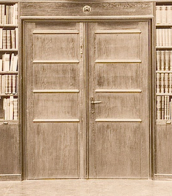

Johannes Kepler was a German mathematician and astronomer who discovered that the Earth and planets move around the Sun in elliptical orbits.
Kepler created the three fundamental laws of planetary motion. He also did seminal work in optics and geometry, calculated the most accurate astronomical tables, and made many inventions and discoveries in physics on which further scientific discoveries by advanced scientists were based.


Igor Fedorovich Stravinskii (russian: Игорь Фёдорович Стравинский) was a Russian composer, a citizen of France and the United States. One of the greatest representatives of the world musical culture of the 20th century.
The future composer was born into a creative musical family. Igor Stravinskii's father was an opera singer, soloist of the Mariinsky Theater Fedor Stravinskii, and his mother was a pianist Anna Kholodovskaya. Igor studied music at home, the Stravinskiis were often visited by their friends: composers Caesar Cui and Nikolai Rimsky-Korsakov, critic Vladimir Stasov and writer Fyodor Dostoevsky. For five years from 1902 Igor Stravinsky studied with the composer Nikolai Rimsky-Korsakov. At the same time he became close to the impresario Sergei Diaghilev and the artists of the "World of Art" association.
Stravinskii 's first works were created under the influence of Rimsky-Korsakov and the French Impressionists, and his music bears a vivid imprint of the Russian cultural tradition. Igor Stravinskii's first ballet, The Firebird, was performed in June 1910 at the Paris Grand Opera House, and he later wrote music for Diaghilev's ballets Petrushka (1911) and Sacred Spring (1913). It was after the premiere of his ballets at Sergei Diaghilev's Russian Seasons in Paris that Stravinskii gained worldwide fame. The sets for his ballets were created by the artists Alexander Benois and Nikolai Roerich, the choreography was prepared by the famous dancers Vaclav Nijinsky and George Balanchine, and the costumes were designed by Coco Chanel herself.
In 1920 Stravinskii moved to France and in 1934 he took French citizenship. In Paris, the composer composed many works that became world-famous. In 1939 Igor Stravinskii moved to the United States and in 1945 he took American citizenship. During this period, he began to turn more to biblical themes and music of the pre-Brahmsian period.
From 1924 Stravinskii also performed as a pianist and conductor of his own works. In 1962, at the invitation of the USSR Ministry of Culture, Igor Stravinsky gave several concerts in Moscow and Leningrad (now St. Petersburg).
Critics believe that in recent years Stravinskii was moving further and further away from the Russian style, but the composer himself believed otherwise. On the basis of Russian folk songs, in 1965 he created a canon for orchestra, "Not a Pine Tree at the Gate Rocked". A year before his death, in 1966, the composer wrote the requiem "Funeral Chants", which he considered to be one of the major works of his life.
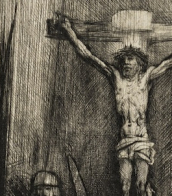

Igor Fedorovich Stravinskii (russian: Игорь Фёдорович Стравинский) was a Russian composer, a citizen of France and the United States. One of the greatest representatives of the world musical culture of the 20th century.
The future composer was born into a creative musical family. Igor Stravinskii's father was an opera singer, soloist of the Mariinsky Theater Fedor Stravinskii, and his mother was a pianist Anna Kholodovskaya. Igor studied music at home, the Stravinskiis were often visited by their friends: composers Caesar Cui and Nikolai Rimsky-Korsakov, critic Vladimir Stasov and writer Fyodor Dostoevsky. For five years from 1902 Igor Stravinsky studied with the composer Nikolai Rimsky-Korsakov. At the same time he became close to the impresario Sergei Diaghilev and the artists of the "World of Art" association.
Stravinskii 's first works were created under the influence of Rimsky-Korsakov and the French Impressionists, and his music bears a vivid imprint of the Russian cultural tradition. Igor Stravinskii's first ballet, The Firebird, was performed in June 1910 at the Paris Grand Opera House, and he later wrote music for Diaghilev's ballets Petrushka (1911) and Sacred Spring (1913). It was after the premiere of his ballets at Sergei Diaghilev's Russian Seasons in Paris that Stravinskii gained worldwide fame. The sets for his ballets were created by the artists Alexander Benois and Nikolai Roerich, the choreography was prepared by the famous dancers Vaclav Nijinsky and George Balanchine, and the costumes were designed by Coco Chanel herself.
In 1920 Stravinskii moved to France and in 1934 he took French citizenship. In Paris, the composer composed many works that became world-famous. In 1939 Igor Stravinskii moved to the United States and in 1945 he took American citizenship. During this period, he began to turn more to biblical themes and music of the pre-Brahmsian period.
From 1924 Stravinskii also performed as a pianist and conductor of his own works. In 1962, at the invitation of the USSR Ministry of Culture, Igor Stravinsky gave several concerts in Moscow and Leningrad (now St. Petersburg).
Critics believe that in recent years Stravinskii was moving further and further away from the Russian style, but the composer himself believed otherwise. On the basis of Russian folk songs, in 1965 he created a canon for orchestra, "Not a Pine Tree at the Gate Rocked". A year before his death, in 1966, the composer wrote the requiem "Funeral Chants", which he considered to be one of the major works of his life.

